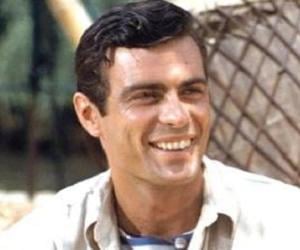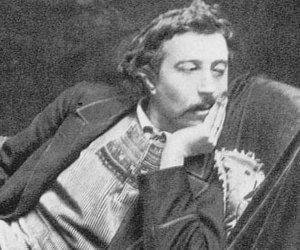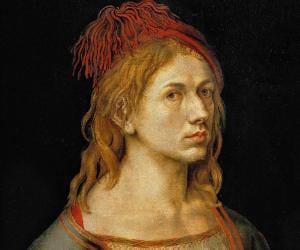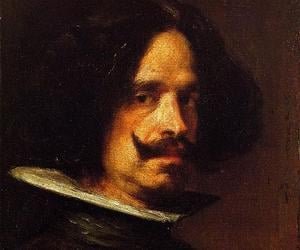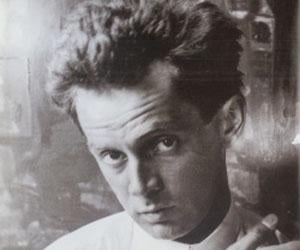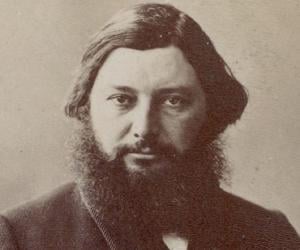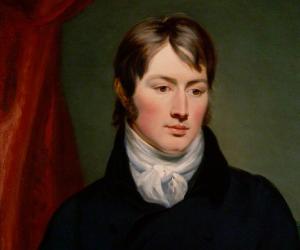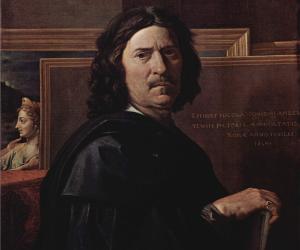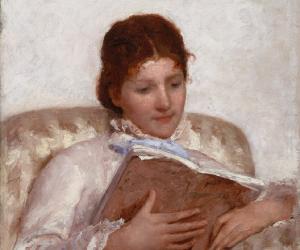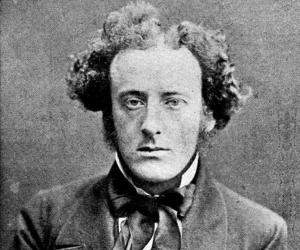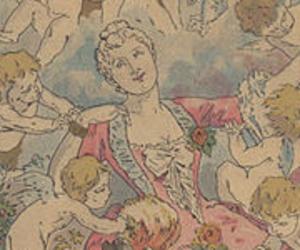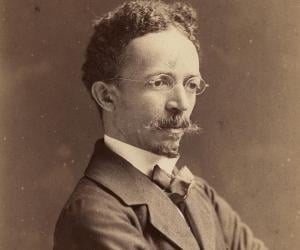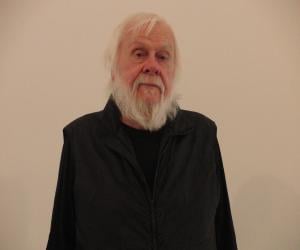Albrecht Durer was a German painter, theorist, and printmaker of the German Renaissance. During his 20s, Durer established his reputation as a popular printmaker across Europe, thanks to his high-quality woodcut prints. His popularity enabled him to work with major Italian artists like Leonardo da Vinci, Giovanni Bellini, and Raphael. Albrecht Durer also influenced generations of artists, especially in printmaking.
Diego Velázquez was a Spanish painter who served as the most important artist in King Philip IV's court. The leading artist of the Spanish Golden Age, Velázquez's work served as a model for impressionist and realist painters of the 19th century. In the 20th century, personalities like Salvador Dalí and Pablo Picasso re-interpreted some of Velázquez's most iconic images.
Egon Schiele was an Austrian painter whose work is well-known for its raw sexuality and intensity. An early exponent of Expressionism, Schiele was one of the early-20th century's most prominent figurative painters. His life and career inspired the 1980 biographical film Excess and Punishment, in which Schiele was played by German actor Mathieu Carrière.
The founder of the French Classical tradition, painter Nicolas Poussin was initially influenced by Venetian art but later deviated to antiquity. Most of his paintings showcased historical, mythological, biblical elements but some were also inspired by landscapes and poetry. The Death of the Virgin remains one of his best-known works.
Hirohiko Araki is a Japanese manga artist best known for writing and illustrating the popular manga series JoJo's Bizarre Adventure, which has sold more than 100 million copies in Japan. Also a responsible citizen, Hirohiko Araki drew artwork depicting the Hiraizumi ruins in an attempt to raise awareness of the reconstruction efforts of the ruins, a UNESCO World Heritage Site.
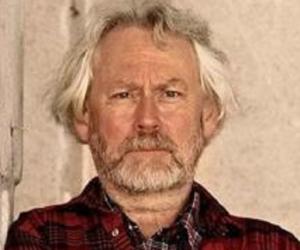
Donald Judd was an American artist widely regarded as one of the most prominent international exponents of minimalism. He is credited with founding a contemporary art museum named Chinati Foundation which houses the collection of popular artists like Carl Andre, Ilya Kabakov, Richard Long, and John Wesley. Judd also contributed as a teacher at many academic institutions in the USA.
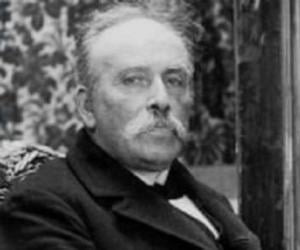
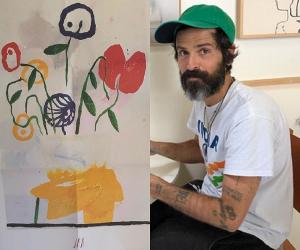
Born in the US, to a Venezuelan mother and an American father, American singer-songwriter Devendra Banhart grew up to be a major pillar of the New Weird America movement of psychedelic folk music. He is known for his lo-fi recordings and is also a talented visual artist who experiments with mixed media.
Before he revolutionized 19th-century erotica as Paul Avril, Édouard-Henri Avril was a soldier. An injury sustained in the Franco-Prussian War cut short his military life, and he was pushed into Paris sex salons to study art. His most notable works, such as the illustrations for Fanny Hill, were largely banned.
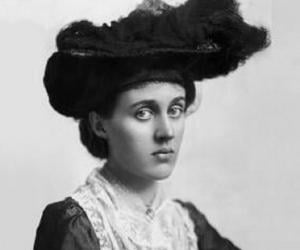
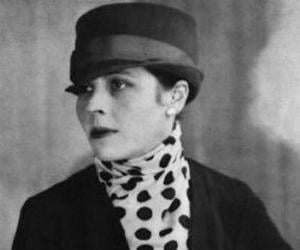
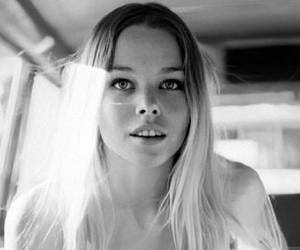
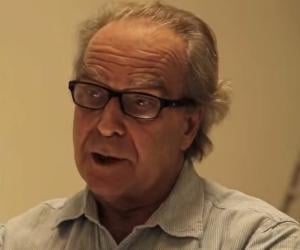

Part of the Camden Town Group of painters, who showcased both Impressionist and Post-Impressionist art, German-born British painter Walter Sickert liked painting both people and scenes. His work Jack the Ripper's Bedroom gave rise to speculations that he could have been either the killer or his accomplice.
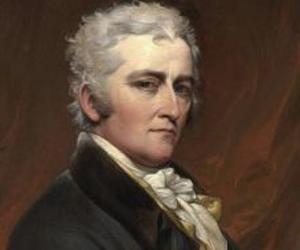
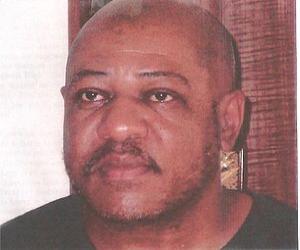

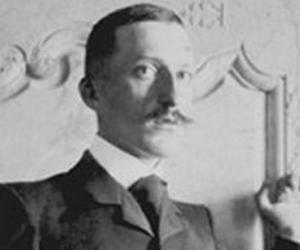
Andre Derain is considered a co-founder of Fauvism, along with fellow artist Henri Matisse, who was one of his classmates at the Académie Carriere. He also created theatrical décor for Ballets Russes and woodcut book illustrations for authors such as Antonin Artaud and André Breton.
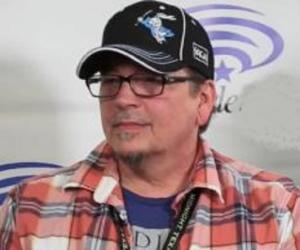
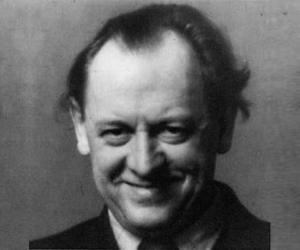
German artist and poet Kurt Schwitters, known for collage, artist's book, installation, sculpture and poetry, is noted for his collages and relief-constructions. Schwitters planned a Dada section in Hanover and the Merz art-style traces back to him, which he found by chance while forming a collage with the German word Kommerz. One of his notable works is Das Undbild, 1919.
Henry Ossawa Tanner was an American artist best remembered as the first African-American painter to achieve international fame. Widely regarded as the best African American painter of all time, Henry's work was influential during his lifetime. The works of other painters like William Edouard Scott and Norman Rockwell were influenced by Henry Ossawa Tanner's technique.
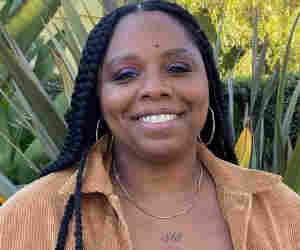
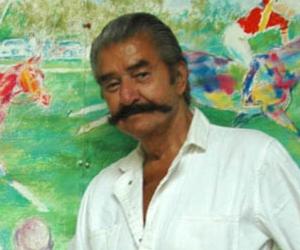
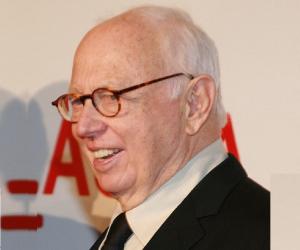
Ellsworth Kelly was an American sculptor, painter, and printmaker best remembered for his association with Color Field painting, hard-edge painting, and minimalism. Over the course of his illustrious career, Kelly was honored with several prestigious awards, such as the National Medal of Arts and Edward MacDowell Medal.
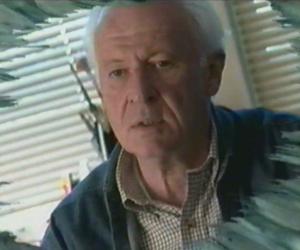
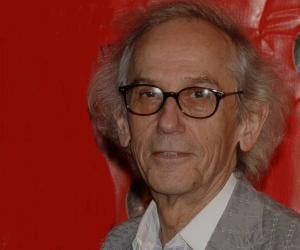
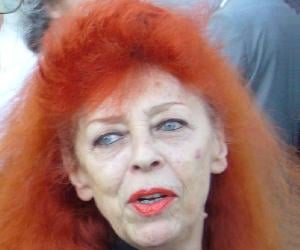
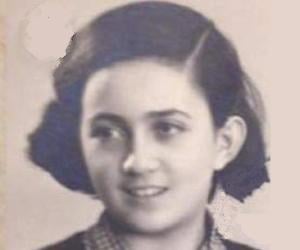
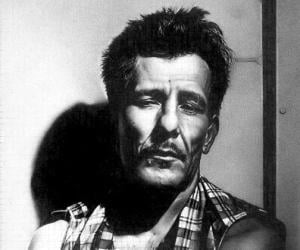
Franz Kline of the New York School is counted among the most significant artists of the Abstract Expressionist movement. Labelled as an action painter, Kline’s etched a niche with his seemingly spontaneous and intense style that focused more on actual brushstrokes and use of canvas instead on figures or imagery as exemplified in his masterpiece, Number 2 (1954).
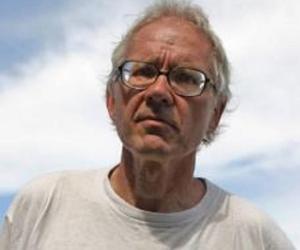
Swedish artist Lars Vilks created a major controversy with one of his drawings that showed Prophet Muhammad's head set on a dog's body. Previously, his 2 sculptures, Nimis and Arx, set in the Kullaberg nature reserve, were attacked by vandals. He died in a traffic accident in southern Sweden.
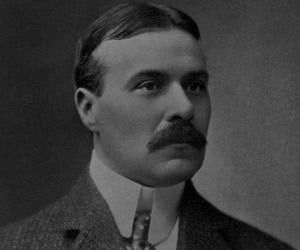
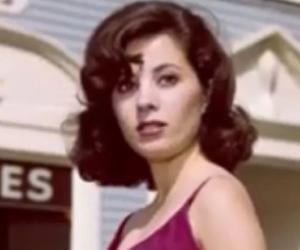
Canadian-American actor Barbara Parkins was a 60s’ icon and is best remembered as Betty Anderson from the series Peyton Place and Anne Welles from the film Valley of the Dolls. The Emmy-nominated actor is now a wildlife activist and a photographer. She has also appeared in Playboy magazine.
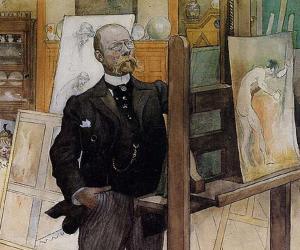
Part of the Arts and Crafts movement of the late 19th century, Swedish painter Carl Larsson is best remembered for his iconic painting Midvinterblot, or Midwinter Sacrifice. Born to a poor casual laborer, he had a tough childhood and began working as an illustrator at age 18.
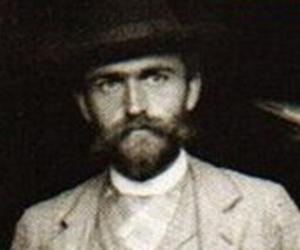
Karl Blossfeldt was a German photographer, artist, sculptor, and teacher. He is best remembered for his work Urformen der Kunst, a collection of close-up photos of animals and plants. The book became highly influential and Blossfeldt's works were used as teaching tools in Berlin. Blossfeldt also served as a professor at the United State Schools for Fine and Applied Art.
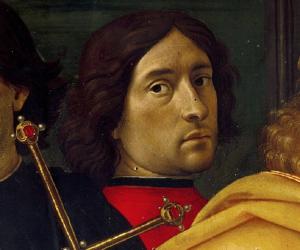
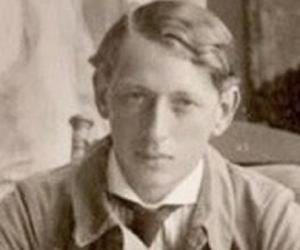
Swedish painter John Bauer, best known for his portraits of dense forests and fairy tale creatures, first gained fame with the release of his book Amongst Gnomes and Trolls. Part of the Romantic nationalistic movement, he was inspired by both the Italian Renaissance and Sami cultures. He died in a shipwreck.
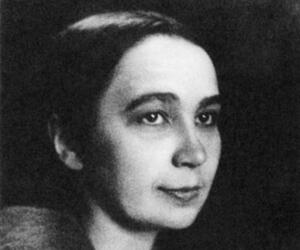
Natalya Goncharova was a Russian avant-garde painter, writer, illustrator, costume designer, and set designer. A member of avant-garde groups like Jack of Diamonds and Donkey's Tail, Goncharova influenced several unconventional artists in Russia and Paris. Goncharova also had a successful career as a costume designer; she designed costumes for the Ballets Russes.
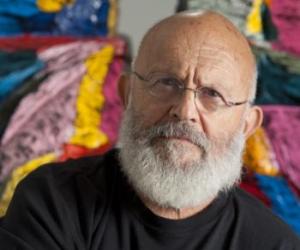
Jim Dine is an American artist who focuses on painting, printmaking, drawing, photography, and sculpting. Throughout his career, Dine has been linked with many art movements, including Neo-Dada, Pop Art, and Abstract Expressionism. Over the years, Jim Dine’s work has been displayed in various museums like the Whitney Museum of American Art and the Museum of Modern Art (MoMA).
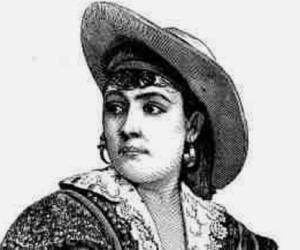
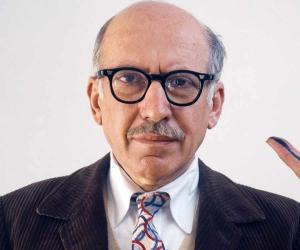
A qualified architect, Saul Steinberg later established himself as a cartoonist and an illustrator and is best remembered for his contributions to The New Yorker. Born to Jewish parents in Romania, he escaped to the U.S. in the wake of anti-Semitic attacks. He also designed advertisements, murals, and theater sets.
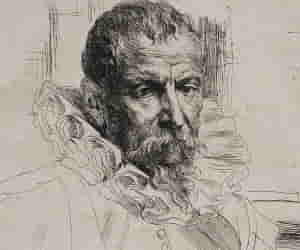
Flemish painter Pieter Brueghel the Younger was the eldest son of legendary Flemish painter Pieter Brueghel the Elder. Mostly known for re-creating his father’s works, he also created numerous original paintings, mostly depicting rural life. His works now adorn museums in cities such as Paris and Amsterdam.
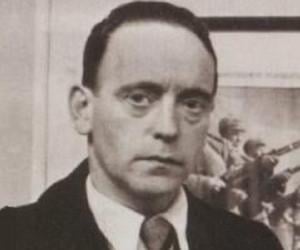
John Heartfield was a German visual artist. He is credited to have pioneered the use of art as a political weapon. He used photomontages to satirize Adolf Hitler and depict his anti-Nazi and anti-fascist sentiments. He studied at the Royal Bavarian Arts and Crafts School and went on to launch a publishing house, Malik-Verlag, with his brother.
